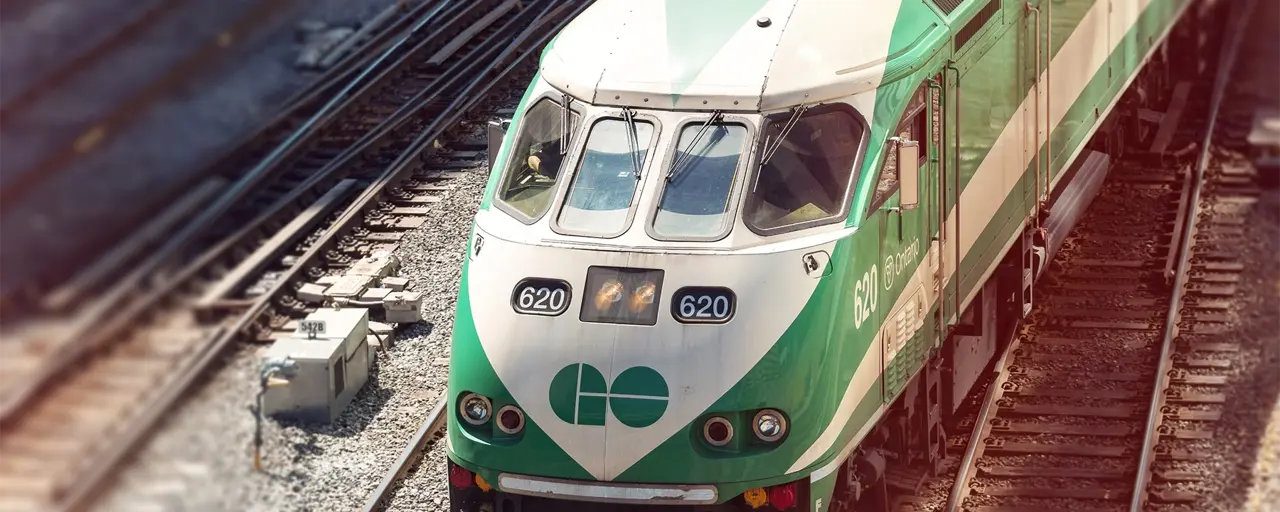Metrolinx is undertaking the largest transportation investment in Ontario’s history, with a mission to champion, develop and implement an integrated transportation system for the region that enhances prosperity, sustainability and quality of life.
KEY INFORMATION
Location: Canada
Date started: 2011
Completion date: 2030
Client type: infrastructure
Main capabilities: controls and performance, cost and commercial management, programme advisory
Transport ambitions
Metrolinx wanted to increase its capacity, capability and maturity to ensure the successful delivery of its capital investment programme across more than 150 projects.
Its strategy has been informed by the 2041 Regional Transportation Plan (2041 RTP) for the Greater Toronto and Hamilton Area. This outlines how governments and transit agencies will work together to continue building an integrated transportation system that supports a high quality of life, a prosperous and competitive economy and a protected environment.
Cost management
Our role is to implement robust cost management procedures, both pre- and post-contract, and mobilise cost managers to deliver the capital infrastructure programme to budget and within five percent of the fiscal forecast.
Our team also supported the development of the sponsor department, the risk management approach implemented to deliver the capital programme, the set-up of a thorough change control management process and implemented a target operating model to enable future operation.
Future needs
Traveller needs are at the core of planning and operations in integrating fares and services to allow people to move seamlessly across the region, designing communities, transit stations and ‘mobility hubs’ to support transit use and active transportation.
The plans also anticipate and prepare for integrated mobility systems that use emerging transportation technologies and business models, using parking demand strategies to encourage carsharing, and addressing the beginning and end of a traveler’s journey to optimise the use of roads and highways.
In 2041, 49 percent of 4.8 million jobs in the Greater Toronto Area will be within walking distance to frequent rapid transit as opposed to 21 percent of 3.3 million jobs in 2011 and the network will be 1,860 km long compared to 110 km in 2017.



